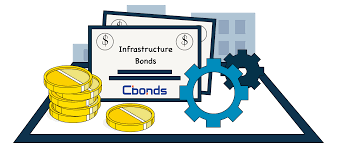Mutual Funds in first-world countries and unit trust funds in Kenya share a similar foundation, pooling investor’s money into diversified portfolios. However, the level of maturity, scale and structure in each market differs significantly. Looking at these differences provide valuable lessons for Kenya’s growing investment landscape.
Developed markets in the first- world countries have a long and established mutual fund culture backed by decades of trust, participation and regulations. For instance, the U.S. mutual fund industry reached USD 27 trillion in assets in 2021, with 52.0% of household owning mutual funds. This scale supports lower fees, production innovation and wider diversification. First- world investors enjoy access to a wide range of funds; equity, bond, money market thematic, ESG, and passive index funds. Passive investing alone accounts for nearly 45.0% of total U.S. funds charging between 0.03% and 0.1% annually. This affordability increases accessibility for small investors.
Kenya’s unit trust has expanded impressively, showing a 3-year CAGR of 52.2% and reached KES 596.3 billion in AUM as of Q2 2025. This growth demonstrates increasing financial literacy and investor confidence among Kenyans seeking investment options. Kenyan investors mainly prefer low risk MMF which make up 62.0% of total AUM. Funds such as the Cytonn Money Market Fund (CMMF) have historically delivered strong returns, with yields around 11.1% outperforming the industry average of 9.8%. Its minimum investment of KES 100 also widens participation.
Kenya can strengthen its investment market by introducing more passive, low cost unit trusts that track indices in the NSE 25, giving investors an affordable and transparent market exposure. Additionally, expanding digital distribution through mobile apps, USSD, and online banking would make investing more accessible and encourage long- term saving and wealth building. Kenya can build on its momentum and keep on creating a more inclusive, resilient investment ecosystem that mirrors global best practices while remaining tailored to local needs.












